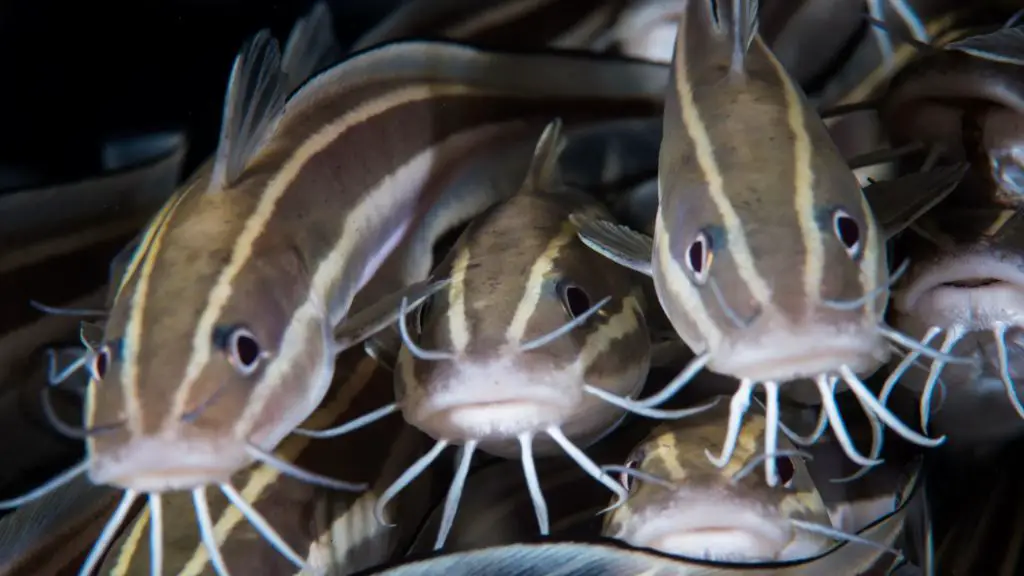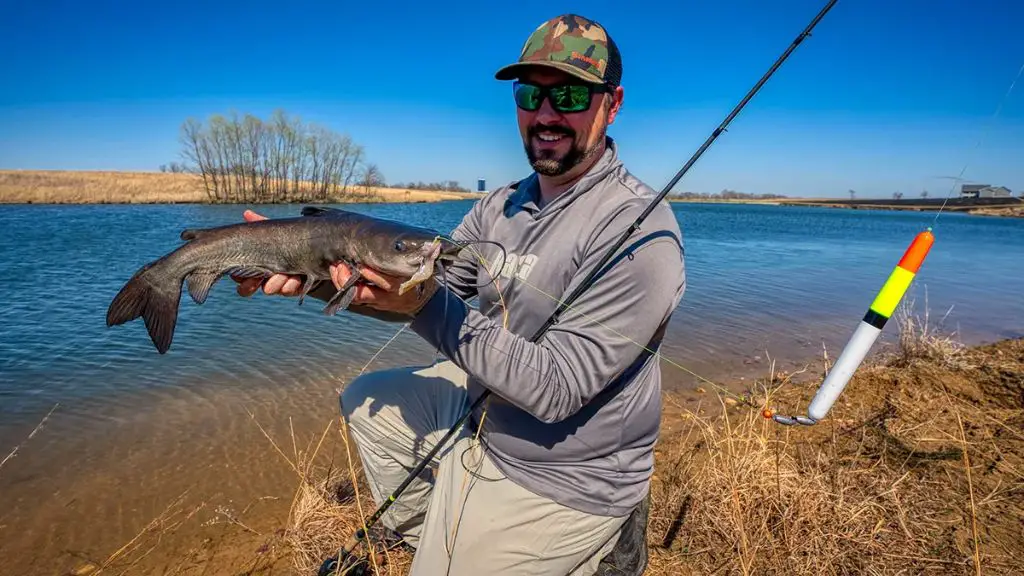What is Catfishing?
Catfishing refers to the practice of creating a fake online identity, typically for deceitful purposes (source: Merriam-Webster). The term originated from the 2010 documentary film Catfish, which followed a man’s online relationship with a woman who was not who she claimed to be. According to Wikipedia, catfishing involves “the creation of a fictitious online persona or fake identity” often “with malicious intent” (source: Wikipedia).
People engage in catfishing for a variety of reasons. Some do it as a prank or joke on friends. Others catfish for romance, creating an idealized version of themselves to form relationships online. More malicious reasons involve catfishing to scam people out of money or blackmail them with fake identities. Overall, catfishing involves deceiving people online by pretending to be someone else.
Common types of catfish scams include:
- Romance scams – Catfish use fake profiles and stolen photos to romance potential victims and manipulate them into sending money.
- Employment scams – Catfish pose as potential employers to get personal information from applicants to use in identity theft.
- Extortion scams – Catfish threaten to reveal stolen personal photos or information online unless the victim pays a ransom.
Recognizing Common Catfish Tactics

Catfish often use some common tactics you can watch out for. Here are some of the most frequent red flags:
Using fake photos – One of the biggest signs of a catfish is using someone else’s photos instead of their own. You can do a reverse image search on Google to see if the photos are used elsewhere online (source).
Making excuses not to meet – A catfish will typically avoid meeting up in person and make endless excuses why they can’t video chat or talk on the phone. This is because they are hiding their real identity.
Proffessing love quickly – Catfish try to quickly build an emotional connection by professing their love and admiration very early on, often before you’ve had much meaningful interaction. This manipulative tactic is aimed at gaining your trust and making you less likely to suspect they are lying (source).
Performing a Reverse Image Search
One of the best ways to detect a catfish is by performing a reverse image search on their profile photos. A reverse image search allows you to take a photo and see if it appears anywhere else online. Many catfish will use photos stolen from random people’s social media accounts or stock photo sites.
To perform a reverse image search on your phone, open the Google app and tap the camera icon. Then select “Search with your camera” and take a photo of the catfish’s profile picture. Google will scan the photo and show you if it finds matching images online. You can also save a photo from the catfish’s profile, go to Images.Google.com, click the camera icon, and upload the saved photo to search.
Other good reverse image search options are TinEye, Yandex, and Bing. If the photo appears anywhere else online, it’s a red flag that the person may be catfishing you.
Looking for Inconsistencies
It can be crucial to pay close attention to any conflicting details in a catfish’s story. Be on the lookout for inconsistencies in details about their job, location, interests, family, background, and any other personal information they share.
For example, on a first chat a catfish may claim they are an accountant who lives in New York City and loves hiking and cooking. But later, they let slip they are actually an artist living in Los Angeles who hates the outdoors. Or their job changes from doctor to lawyer from one conversation to the next.
These kinds of contradictions are major red flags. Catfish often struggle to keep all their exaggerated or fully fictional details straight. By catching them in a lie or inconsistency, you may be able to uncover their deception before becoming too invested.
Pay extra attention if small details about their interests, background, family, or location seem to change. Subtle inconsistencies can be just as revealing as major ones. The key is listening carefully and watching for any shifts in their personal details that don’t add up.
If you start noticing contradictions or things that don’t make sense in a match’s story, it’s worth asking them direct questions. Their reaction and ability to explain the inconsistencies should make it clear whether you’re talking to an honest match or clever catfish.
Asking Questions
One of the best ways to detect a catfish is by asking specific questions that would reveal inconsistencies or lies in their story. You can ask about personal details, family, where they grew up, schools they attended, jobs they’ve had, etc. The more you question, the harder it becomes for a catfish to keep their story straight.
For example, you could ask “What was the name of the first street you lived on as a kid?” or “What primary school did you attend and what was your teacher’s name?”. These types of questions are hard to fake if you don’t actually know the answers.
You can also ask them to video chat or meet up in person. A catfish will typically avoid meeting face-to-face at all costs or make endless excuses. Refusal to video chat is a major red flag.

The website Reddit recommends asking “What is your favorite childhood memory?” and other open-ended questions that require details only the real person would know (source). Keep pressing with follow-up questions if their answers seem dubious.
Video Chatting
One of the best ways to verify someone’s identity and avoid being catfished is to insist on video chatting with them. Many catfish will come up with excuses to avoid a live video call, since it can expose their real identity. According to Social Catfish, common excuses include camera shyness, not having a webcam, or network issues [1]. If someone refuses to video chat after repeated requests, it could be a red flag.
Some dedicated scammers may use pre-recorded videos or attempt to fake a live video using chatbot technology. However, a persistent catfish may agree to a spontaneous video call if you insist. Watch for any choppy footage, strange backgrounds, or inconsistencies during the call. With today’s technology, it can be difficult for scammers to convincingly fake a live two-way video chat. Trust your instincts if anything seems off.
While refusal to video chat is not definitive proof someone is untrustworthy, insisting on seeing someone live can reveal their true identity and build trust in an online relationship. Approach it positively by suggesting it would be nice to finally see each other face-to-face. If they make excuses or resist, you may need to confront them politely or move on from the relationship.
Searching Online Records
One effective way to uncover inconsistencies or red flags is to search online records and databases for information about the person. Many catfish use fake persona details, so looking up records of their supposed job, school, or even past crimes can reveal the truth.
For example, search the IGFA World Records Database for any fishing or angling records the person claims to have. Or lookup their name on sites like IGFA’s World Records list to verify if their claimed records exist. You can also search state and county court records in areas the person says they lived to uncover any past legal issues.
The more you can verify details like employment, education history, and identity, the better chance of exposing lies. Just be sure to search responsibly and avoid paying for unnecessary background checks without due cause. But a quick online records search can uncover major red flags.
Confronting Politely
If you suspect someone of catfishing you, it’s best to confront them directly but kindly. Express your concerns openly and explain that you feel misled. Politely ask for an explanation of any inconsistencies you’ve noticed. According to WikiHow, say something like “I want to trust you, but I found some things that don’t add up. Can you help me understand?” This gives them a chance to explain themselves or come clean.
Ask specific questions about details that seemed suspicious, like “Why don’t you have any social media accounts?” or “What high school did you go to?” according to Reddit. Avoid accusatory language and give them room to clarify. If they become defensive or continue giving dubious answers, it’s a red flag. Stay calm and reiterate feeling misled. Say you don’t think this relationship is right for you, wish them well, then disengage.

Involving Authorities if Necessary
If the catfish has committed fraud, theft, or made threats, it may be necessary to get law enforcement involved. Many police departments have cybercrime units that can investigate online scams and harassment. According to the Social Catfish guide, you can contact the Internet Crime Complaint Center to report cybercrimes. You’ll need to provide details about the catfish and your interactions.
The FTC recommends filing a report if you’ve sent the catfish money or personal information. They can investigate and build cases against fraud. You can submit a report through the FTC’s online form. Include as many details as possible, such as the catfish’s account names, emails, photos, messages, and any financial transactions.
For threats of violence, contact your local police immediately. They can investigate, trace online activity, and take steps to protect your safety if needed. Don’t hesitate to involve authorities if you feel unsafe or have been victimized by a catfish.
Protecting Yourself in the Future
The best way to avoid being catfished in the future is to learn from past experiences and be more cautious when meeting people online. Here are some tips:
Learn the red flags of catfishing. Things like refusing to video chat, making excuses for why they can’t meet, using photos that seem too perfect, or refusing connections on social media should make you skeptical. Refer to resources like this article to recognize common catfish tactics.

Be very cautious sharing personal details or financial information with online-only contacts. Romance scammers will often try to build trust before asking for money. Never send money or share financial account details with someone you haven’t met in person.
Do reverse image searches on profile pictures. Catfish often steal photos from elsewhere online. You can drag and drop photos into the Google Images search bar to see if they appear elsewhere.
Video chat before meeting in person. Many catfish will refuse to video chat or make excuses why they can’t. Insist on seeing them ‘live’ via webcam to confirm they match their identity.
Listen to your instincts. If something feels ‘off’ about an online contact, pay attention to that gut feeling. Don’t dismiss red flags just because you want the person to be genuine.
With vigilance and healthy skepticism, you can enjoy online dating while reducing your chances of being catfished in the future.

